Stress is a factor in 60 to 80% of visits to primary-care physicians, according to a recent study – yet many struggle to carve out time to practice a proven anxiety-reducing technique: meditation. Looking to manage my daily pressures with more ease, I challenged myself to meditate for 14 days straight, no excuses and no cheats. The result? A quieter mind, improved sleep and, perhaps surprisingly, a changed relationship with technology.

Google “how to meditate,” and the simplest set of instructions looks like this: Find a quiet place to sit. Set a timer for 10 to 15 minutes. Focus on your breath. Notice when your mind wanders and drop the thought when it does. Easy enough, right?
Perhaps, like me, you’ve tried to follow these simple directions, only to experience a steady stream of inane thoughts: What am I eating for lunch? What am I doing this weekend? I’m coming back to my breath. I’m listening to my breath. I’m so good at meditating. Nope, back to square one.
Central to the traditional Buddhist philosophy, meditation is meant to encourage appreciation of the present moment, the acknowledgement of the mind’s inner chatter and to teach the practitioner to act more mindfully. Benefits abound from regular meditation including better focus, diminished anxiety, reduced memory loss and a longer life span. Everyone from celebs to entrepreneurs are singing its praises, from Arianna Huffington to Katy Perry, and today, meditation is being taught in schools, hospitals and even prisons.
Knowing that the benefits are so profound, I set out to make meditation part of my daily routine for two weeks. But having tried and failed at regular meditation in the past, I knew I would need some tools, teachers and maybe even some technology to help me succeed. I tested out a variety of styles as well, including mantra, breathwork and mindfulness practices to see what suited me best. Here’s what I learned along the way.
Start with a Class
Motivating myself to get started was my biggest hurdle. Unsure what time of day best suited me, for how long, where to sit (on the floor, outside, on a pillow), these insignificant issues weighed on me before I started.
هذه القصة مأخوذة من طبعة May - June 2019 من Clean Eating.
ابدأ النسخة التجريبية المجانية من Magzter GOLD لمدة 7 أيام للوصول إلى آلاف القصص المتميزة المنسقة وأكثر من 9,000 مجلة وصحيفة.
بالفعل مشترك ? تسجيل الدخول
هذه القصة مأخوذة من طبعة May - June 2019 من Clean Eating.
ابدأ النسخة التجريبية المجانية من Magzter GOLD لمدة 7 أيام للوصول إلى آلاف القصص المتميزة المنسقة وأكثر من 9,000 مجلة وصحيفة.
بالفعل مشترك? تسجيل الدخول
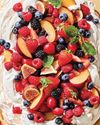
Summer Lovin'
Bushels of berries, peaches, nectarines, cherries, plums and more beckon at the market. Buy them all and soak up the sun in these bejeweled desserts.
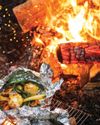
Into the Wild
Cooking along the 500-mile Colorado Trail taught Clean Eating editor Amanda M. Faison how to transform the campfire into a kitchen.
![[ Three Ways ] Tropical Punch [ Three Ways ] Tropical Punch](https://reseuro.magzter.com/100x125/articles/6144/994436/qSC8RoLOC1657772079105/crp_Hibiscus-Jamaican-sorrel-Recipes.jpg)
[ Three Ways ] Tropical Punch
Of African origin, hibiscus or Jamaican sorrel, is an important staple in West Indian and Mexican cooking. Hibiscus is sour enough to make you pucker and tropical enough to evoke the islands. Popularly brewed as a tea, the dried petals play well in savory or sweet recipes, too.
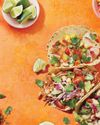
You Had Meat Tacos
"When it's done properly, taco should be a verb," declared Jonathan Gold, the late restaurant critic of the Los Angeles Times. Tacos are much more than a meal; they're an action.
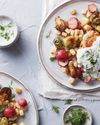
The Multitasker
Collagen usually makes headlines for its skin-saving benefits. But did you know that it's also an essential nutrient for joint health? (Especially if you sit at a desk all day.)
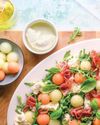
The Minimalist
Summer cooking is all about fresh and fast and avoiding the stove.
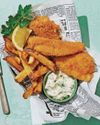
Lighten Up
If you've had an air fryer in your online cart since the start of the pandemic, it's time to commit. Let's just say it'll change your life.
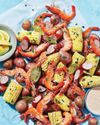
JUST RIGHT
The classic low-country boil is a celebration of place, tradition and ratio.
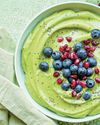
Recovery Days
The mantra that food is fuel is gold, but food as refuel is equally valuable.
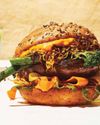
Lower your impact without sacrificing satisfaction.
Eat like a Reducetarian.